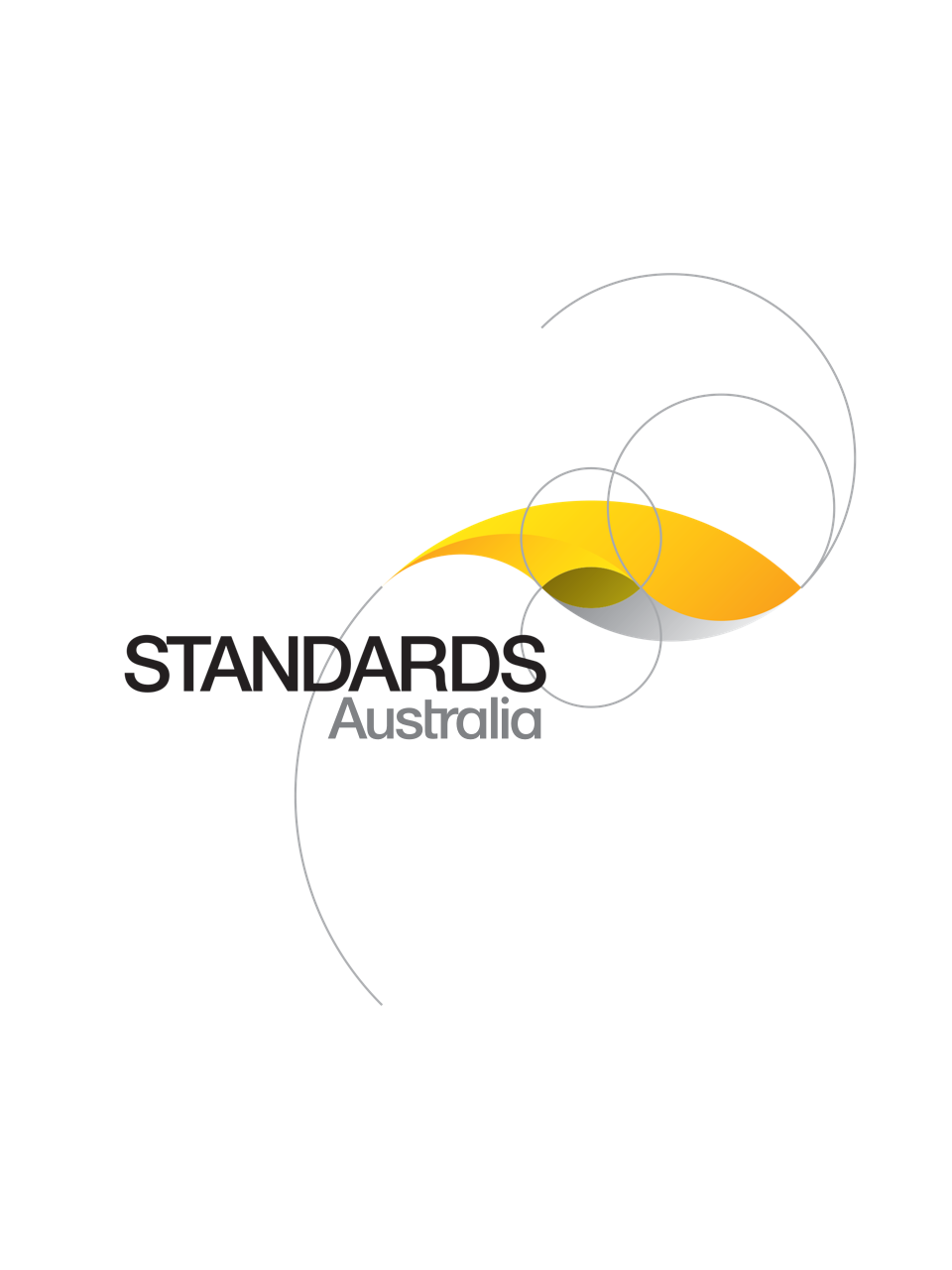Standard
UPDATE AVAILABLE
AS/NZS 4452:1997
[Superseded]The storage and handling of toxic substances
Sets out requirements and recommendations for the storage and handling of toxic substances that in Australia, meet the Class 6.1 classification criteria of the Australian Dangerous Goods (ADG) Code and in New Zealand, the Class 6.1 classification criteria of the IMDG Code and Schedules 1-4 of the New Zealand Toxic Substances Regulations 1983. The Standard applies to Class 6.1 substances and may also apply to substances of other classes having a 6.1 Subsidiary Risk. A discussion of the hazards presented by toxic substances and a bibliography of documents providing guidelines on the preparation of emergency plans are provided in appendices.
Published: 05/03/1997
Pages: 49
Table of contents
Cited references
Content history
Table of contents
Header
About this publication
PREFACE
1 SCOPE AND GENERAL
1.1 SCOPE
1.2 APPLICATION
1.3 NEW DESIGNS AND INNOVATIONS
1.4 REFERENCED DOCUMENTS
1.5 DEFINITIONS
1.6 PACKAGING
1.7 LABELLING
1.8 SECURITY OF STORAGE AREAS
1.9 SEPARATION AND SEGREGATION
1.9.1 Separation of stores from protected places, public places and boundaries
1.9.2 Segregation
1.9.2.1 Segregation of substances that are incompatible or which may react dangerously
1.9.2.2 Segregation from foodstuffs
1.9.2.3 Measurement of segregation distances
1.9.2.4 Co-storage of Class 6.1 with a Subsidiary Risk 3
2 MINOR STORAGE (Australia only)
2.1 SCOPE OF SECTION
2.2 CRITERIA FOR CLASSIFICATION AS MINOR STORAGE
2.3 REQUIREMENTS APPLICABLE TO MINOR STORAGE
2.4 STORAGE ON FARMS
3 TRANSIT STORAGE
3.1 SCOPE OF SECTION
3.2 DELINEATION OF TRANSIT STORAGE AREAS
3.3 REQUIREMENTS FOR TRANSIT STORAGE
4 STORAGE AND HANDLING OF PACKAGES
4.1 SCOPE OF SECTION
4.2 TYPES OF PACKAGE STORES
4.3 LOCATION OF STORE
4.3.1 General
4.3.2 Separation and Segregation
4.3.2.1 Separation distances (Australia only)
4.3.2.2 Segregation distances
4.4 GENERAL REQUIREMENTS FOR PACKAGE STORES
4.4.1 Requirements for stores other than indoor storage cabinets
4.4.2 Requirements specifically for indoor storage cabinets
4.4.2.1 Types of substances kept
4.4.2.2 Maximum quantities to be kept
4.4.2.3 Cabinet design
4.4.2.4 Ventilation provisions
4.4.2.5 Cabinet location
4.4.2.6 Cabinet marking
4.5 REQUIREMENTS FOR PACKAGE FILLING OPERATIONS
5 STORAGE AND HANDLING IN BULK
5.1 SCOPE OF SECTION
5.2 GENERAL
5.3 CONTAINER TYPES
5.4 DESIGN AND CONSTRUCTION REQUIREMENTS APPLICABLE TO ALL BULK CONTAINER INSTALLATIONS
5.4.1 Materials of construction
5.4.2 Installation
5.4.3 Foundation
5.4.4 Supports
5.4.5 Bearing area
5.4.6 Vents
5.4.7 Transfer points
5.4.8 Liquid lines
5.4.9 Overfill protection
5.4.10 Ancillary equipment for tanks
5.4.10.1 Pipes, including flexible hoses
5.4.10.2 Accessories
5.4.10.3 Transfer systems
5.4.10.4 Tank heaters
5.4.10.5 Electrical equipment
5.5 ADDITIONAL REQUIREMENTS FOR PORTABLE BULK CONTAINERS
5.6 ADDITIONAL REQUIREMENTS FOR FIXED TANKS
5.6.1 General
5.6.2 Materials of construction
5.6.3 Tank design and construction
5.6.4 Tank lining
5.6.5 Level indication
5.6.6 Nozzles
5.6.7 Overflow systems
5.7 BUNDS AND COMPOUNDS
5.7.1 General
5.7.2 Capacity of compounds
5.7.3 Design and construction
5.7.4 Compound drainage
5.7.5 Maintenance
5.8 LOCATION OF BULK CONTAINERS
5.8.1 General
5.8.2 Separation and segregation
5.8.2.1 Separation
5.8.2.2 Segregation
5.9 FILLING OF BULK CONTAINERS
5.9.1 General
5.9.2 Filling connections
5.9.3 Transfer hoses
6 OPERATIONAL AND PERSONNEL SAFETY
6.1 SCOPE OF SECTION
6.2 GENERAL PRECAUTIONS
6.2.1 Work procedures
6.2.2 Control of entry
6.2.3 Clear access
6.2.4 Lighting
6.3 CONTROL OF EXPOSURE
6.3.1 Control strategies
6.3.2 Ventilation
6.4 HOUSEKEEPING
6.4.1 Site upkeep
6.4.2 Bulk storage installations
6.4.3 Package stores
6.4.4 Inspection of plant and equipment
6.5 EFFLUENT CONTROL
6.6 CONSTRUCTION AND MAINTENANCE WORK
6.6.1 General
6.6.2 Routine work
6.6.3 Work permit
6.6.4 Preparation of work site
6.6.5 Completion of work
6.6.6 Hot work
6.6.7 Work inside a confined space
6.7 PERSONNEL TRAINING
6.7.1 Job knowledge
6.7.2 Training
6.7.3 Personal hygiene
6.8 PERSONAL PROTECTIVE EQUIPMENT
6.8.1 General
6.8.2 Type of personal protective equipment
6.8.3 Care and maintenance of personal protective equipment
6.9 FIRST AID
6.9.1 General
6.9.2 First aid kit
6.9.3 First aid procedure
7 EMERGENCY MANAGEMENT
7.1 SCOPE OF SECTION
7.2 PLANNING FOR EMERGENCIES
7.2.1 Considerations in designing premises
7.2.2 Emergency plan
7.2.2.1 Premises emergency plan
7.2.2.2 Plan for use by emergency services
7.3 MANIFEST
7.4 PLACARDING
7.4.1 Placarding of stores
7.4.2 Safety information board
7.5 MANAGEMENT OF LEAKS AND SPILLS
7.5.1 General
7.5.2 Clean-up materials and equipment
7.5.3 Actions for dealing with leaks and spills
7.5.4 Maintenance of clean-up equipment
8 FIRE PROTECTION
8.1 SCOPE OF SECTION
8.2 GENERAL CONSIDERATIONS
8.3 FIRE PROTECTION MEASURES
8.3.1 General
8.3.2 Fire protection requirements
8.4 ACTION IN THE EVENT OF FIRE
9 WASTE STORAGE AND DISPOSAL
9.1 SCOPE OF SECTION
9.2 STORAGE OF WASTES
9.3 ITEMS FOR DISPOSAL
9.3.1 Toxic substances
9.3.2 Other items
9.4 PRE-DISPOSAL TREATMENT OF EMPTY CONTAINERS
9.5 METHODS OF DISPOSAL
APPENDIX A
A1 HEALTH HAZARDS
A1.1 General
A1.2 Routes of entry
A2 ENVIRONMENTAL HAZARDS
A3 OTHER HAZARDS
APPENDIX B
APPENDIX C
APPENDIX D
D1 PROCEDURES REQUIRED
D2 PROMULGATION OF PROCEDURES
D3 REVIEW OF PROCEDURES
D4 OPERATING PROCEDURES
D5 CONSTRUCTION AND MAINTENANCE PROCEDURES
D6 EMERGENCY PROCEDURES
D7 COMPLIANCE WITH PROCEDURES
APPENDIX E
E1 PROVISION OF FACILITIES AND TRAINING
E2 SYMPTOMS
E3 ANTIDOTES
APPENDIX F
APPENDIX G
Cited references in this standard
One-time Purchase
Access via web browser on any device
One-time purchase
Single publication
Offline access via PDF^
$177.61 AUD
Inclusive of GSTFormat *
Web Reader
Licenses *
1 License (for yourself - not shareable)
Total$177.61 AUD
IMPORTANT
